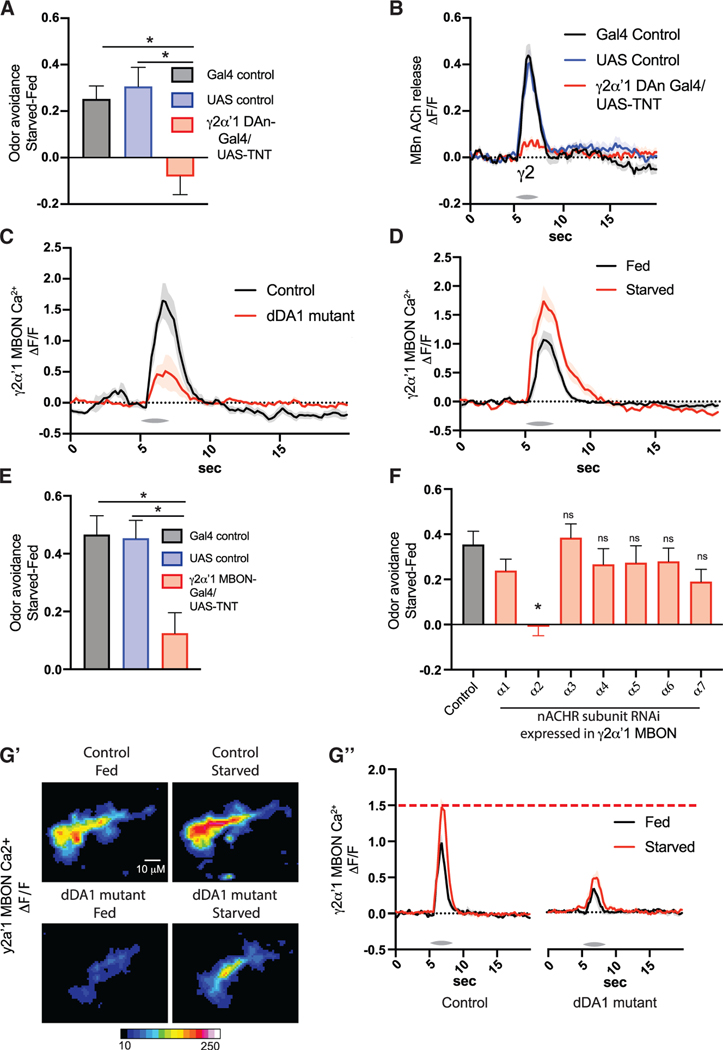Figure 7. Hunger engages the MB circuit in odor avoidance by facilitating MBON-γ2α′1 odor responses.
(A) Starved-fed odor (MCH) avoidance scores. TNT was expressed in RRL1-γ2α′1 using MB′99C-split gal4. n = 10.
(B) The GRAB ACh sensor was expressed in MBns using R13F02-gal4. TNT was expressed in RRL1-γ2α′1 using MB′99C-split gal4. Traces show the average odor (MCH) response (±SEM) in y2 across all flies tested. n = 8.
(C and D) Traces show the average odor (MCH) response (±SEM) in γ2α′1MBON. GCaMR was expressed in MBON-γ2α′1 using R25D′1-gal4
(E) in dDA1 mutant or wild-type (WT) flies, n = 5, and (D) in fed or starved flies, n = 5–6.
(E and F) Starved-fed odor (MCH) avoidance scores.
(E) TNT was expressed in MBON-γ2α′1 using MB′77C split-gal4. n = 10.
(F) RNAi was expressed in γ2α′1 MBONs using MB′77C split-gal4. n = 6.
(G) GCaMR was expressed in MBON-γ2α′1 using R25D′1-gal4. Dendrites and axons were imaged and quantified together. n = 7.
(G′) Mean time series projection of GCaMR fluorescence for odor (MCH) response, across 2 s starting at odor delivery. Scale bar, 10 μm.
(G″) Traces showthe average odor (MCH) response (±SEM) across all flies tested.</p/>*p < 0.05. (A and E) One-way ANOVA with Sidak′s test. (F) One-way ANOVA with Dunnett′s test.

